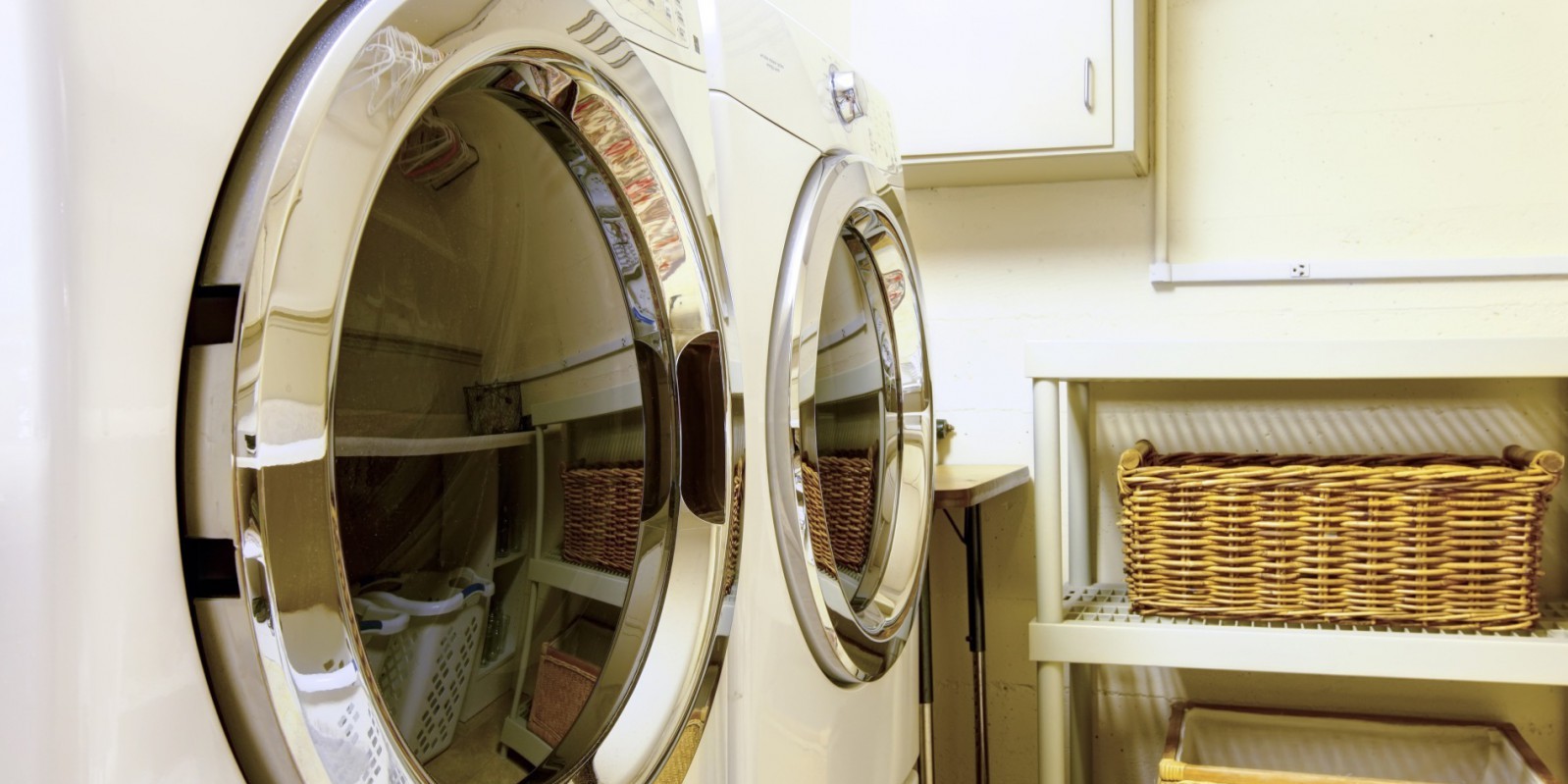How To Maximize the Efficiency Of Your Clothes Dryer
Does your dryer take longer these days to get the clothes dry? Have you notice your electric or gas bill going up? The answer may be a matter of properly maintaining your dryer. If the lint filter isn’t being cleared out on a regular basis, it will become clogged. This restricts the outflow of hot air, causing the dryer to overheat. This situation can actually cause a fire.
The lint trap should be cleaned after each time you use your dryer. Once you’ve removed your clothing from the dryer, clean the lint trap. This will keep it from overheating and causing a fire. Some manufacturers do not specifically state that this needs to be done each and every time, so if your dryer comes with more lenient recommendations, you can follow those.
The lint filter in each model of dryer is located in a different spot. It may be just inside the door or on the outside of the unit. Lint filters can easily be removed for cleaning by just pulling it out. Take a moistened cloth or your finger and wipe the lint off and throw it in the trash. To be on the safe side, we recommend you do this after every use.
Another concern that has recently come to light is the fact that certain types of fabric sheets can cause a thin film to buildup on the filter. This film creates a barrier restricting the free flow of air going into the exhaust system of the dryer. Over time this could lead to overheating and cause a fire.
If you use these fabric sheets you should test your filter to determine if a film is building up. All you need to do is remove the filter and run water over it to see if the water is easily passing through the screen, or otherwise gathering in pools on the filter.
If water is not freely flowing through, take a small nylon brush, some soap and warm water and thoroughly clean your filter. You’re not finished until water easily runs through the screen mesh. Make sure you rinse all the soap off with warm water and that it is completely dry before putting it back in place. This should be done at least twice a year. Before you put the lint trap back, it would be a good idea to use your vacuum cleaner, with a small hose attachment, to vacuum up all the excess lint that wasn’t caught by the screen.
Beneath the place where the screen is inserted there is usually a buildup of lint in the duct and this too can be a fire hazard. Even if this doesn’t cause a fire, this buildup can put a strain on the dryer due to pressure, which does cause slow drying times. This will also cause your dryer to go out before it normally would.
For a thorough job you should remove the vent hose from your dryer and with a commercial-grade swivel duster clean out the entire inside. You will probably need an extended handle to do the job, but by twisting and turning the swivel duster throughout the entire tube, you can remove as much lint as is humanly possible. Dryer vents should be checked frequently and this type of maintenance should be carried out when you see signs that lint is building up.
To get the most out of your dryer have a qualified service technician come out every one to three years to service it. He should take your dryer apart and give it a thorough cleaning. By following these practical suggestions you will increase your dryer’s efficiency, reduce the risk of a fire and extend the lifespan of your dryer.

